These 3 toxic products in your kitchen could be harming your health and halting your weight loss.
If you feel like you are fighting an uphill battle trying to lose the weight and keep it off, you are far from alone. Have you ever wondered why, with so many weight loss solutions available to us, over 60 percentof Americans are still failing to lose weight? And if they do manage to lose the weight on the latest fad diet their favorite celebrity is promoting, they look years older and gain the weight back faster than a New York minute as soon as they go off the diet!
I’ve got good news for you – you CAN wake up your sluggish metabolism and say bye-bye to belly fat, all while boosting your energy, balancing your mood, and turning back the clock on aging. Even you, who struggles with fatigue, thyroid problems, diabetes, and autoimmune diseases; you even pack on the pounds when you’re practically starving yourself! It seems like no matter what you try, no matter how strictly you follow the dieting rules – something is sabotaging your weight loss – and it just might be in your kitchen.
Reset Your Metabolism
It’s time to get RADICAL! To finally feel good, have the energy to do the things you enjoy, and to like what you see in the mirror. My new Radical Metabolism can get you out of that dieting slump and on the road to better health using research-based methods that are sure to wake up and supercharge your metabolism.
- It’s not about high fat – it’s about choosing healthy fats that repair your cells and fight inflammation.
- It’s not about avoiding carbs – it’s about using the right carbs to balance your hormones.
- It’s not about pounding the protein– it’s about finding your protein “sweet spot” that feeds your cells and builds lean muscle mass to keep your metabolism high even when you indulge a little.
- And it’s not all just about food, it’s about getting rid of the toxins you encounter in your every day life.
There’s so much more to your metabolism than the food you eat. Did you know your toxic load, which is the amount of toxins you’re exposed to that your body can’t get rid of, plays a huge role in how fast or slow your metabolism is able to function? The more toxins your body is bogged down with, the slower your metabolism goes. So it only makes sense that as you get older, you accumulate more toxins from your environment and your metabolism slows down. This is seen as a “normal” sign of aging, but I assure you it’s not – it’s a sign of a toxic metabolism.
It all starts in the kitchen. Chances are, you’re using the same techniques, tools, and even cookware you were surrounded with and taught to use growing up. It may not have ever crossed your mind, but the simplest tools you are using in the kitchen could be loaded with toxins and poisoning your metabolism, leaving you with stubborn weight that seems impossible to lose.
Radicalize Your Kitchen and Remove These 3 Common Toxins
What you store and cook your food in can have as much impact on your health and metabolism as the food you eat. I can’t tell you how disappointed I was to learn all the beautiful organic food I invested in, carefully avoiding all the known harmful chemicals and pesticides, was being contaminated with harmful metals and chemicals from what I was using to store and cook them in! I want you to learn from my experience, and not repeat my mistakes, so here are 3 Do’s and Don’ts I now teach all my clients as the first step to a Radical Metabolism:
DON’T: Use Aluminum Foil
I grew up watching my mother reheat our leftovers covered in aluminum foil, or “tin foil” as she called it. Later I learned that high acid foods easily leach aluminum into them upon contact with the foil. We don’t want any aluminum in our foods because it affects our digestion and lowers stomach acid levels, reducing our ability to break down proteins and absorb acid-based minerals. There is also research it’s linked to cognitive dysfunction, including Alzheimer’s Disease.
DO: Use Unbleached Parchment Paper
Wherever possible, replace the aluminum foil with unbleached parchment paper. I know there’s nothing like aluminum foil for holding in the heat, so if you need to use it, put a layer of parchment underneath the foil to protect the food from direct contact with it. This will even work with campfire and other high-heat cooking.
DON’T: Use Plastics like Plastic Wrap
Plastics contain chemicals known as obesogens, a type of endocrine disruptor that makes us fat. Plastics also contain chemicals known as xenoestrogens, which mimic estrogen and cause estrogen dominance in both men and women. These chemicals leach into our foods even more when the plastic is heated, either by microwaving in it or placing hot foods in the plastic. It’s best to avoid plastic coming in contact with any of our foods or drinks, including straws.
DO: Use Unbleached Wax Paper and Glass or Stainless Steel Containers
Instead of plastic wraps, bags, or covers, wrap foods in unbleached wax paper or even unbleached parchment paper. Reuseable cloth bowl covers are another good choice. For storing foods, rather than choosing plastic containers, invest in glass storage containers, which are even safe to reheat most foods in. I like nickel-free stainless steel for drinking bottles, and for school lunch containers for children.
DON’T: Use Cast Iron Cookware
There’s a growing concern about excess levels of iron, especially the kind our bodies can’t use. This becomes more of a concern for us over age 40 as we become less able to eliminate it, not only because of a sluggish metabolism but simply because of less need for it due to physiological changes like menopause. The iron leached into foods from cast iron cookware – especially high acid foods – has been connected to health issues with the heart, brain, and liver, and even those brown “age spots” we get on our skin.
DO: Use Enamel-coated Cast Iron or high quality Clay Cookware
Because copper is as much of a health issue as iron is, I avoid copper-clad cookware, and there is no safe nonstick-coated cookware, I choose to use enamel-coated cast iron. The enamel forms a barrier to keep iron from leaching into foods, but gives the same wonderful heat induction that made cast iron such a popular choice to begin with. Enamel is naturally nonstick when used at lower temperatures, so less fat and moisture need to be used, which results in better flavor and healthier options.
Romertopf, a covered, glazed clay cooking pot that increases the infrared heat to the food and helps it retain its own juices, has become my new favorite cooking utensil. If you choose to use clay cookware or bakeware, make sure it’s glazed with a nontoxic glaze to keep any impurities from the clay from leaching into your food.
If you are ready to Radically restock your kitchen, check out the video right here —-> Day 1 – Radicalize Your Kitchen
(Don’t forget to download your companion guidebook!)


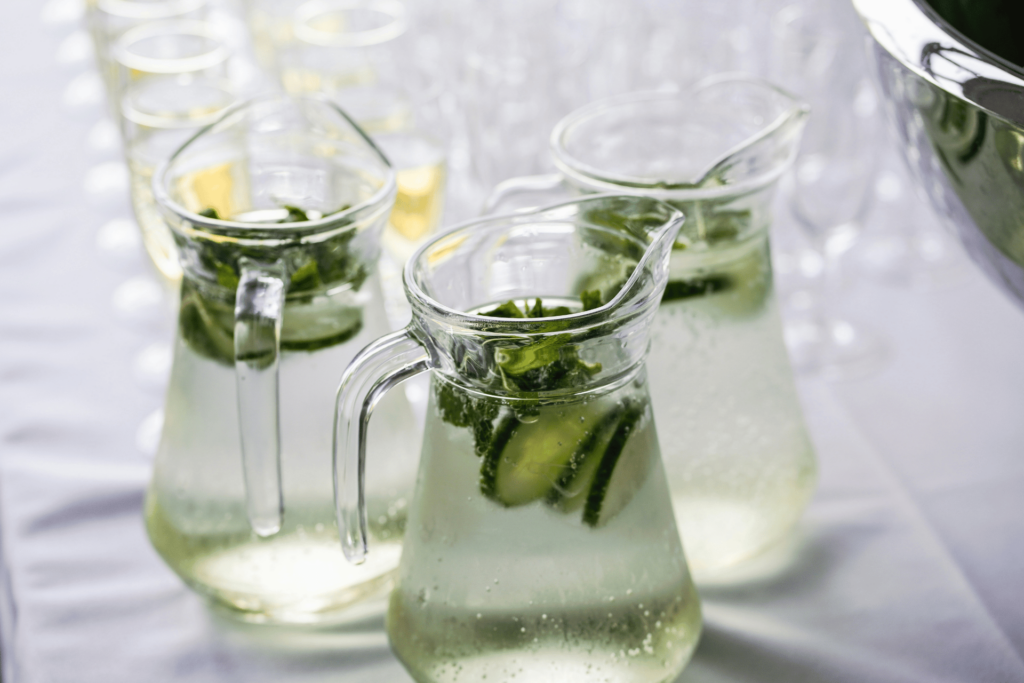
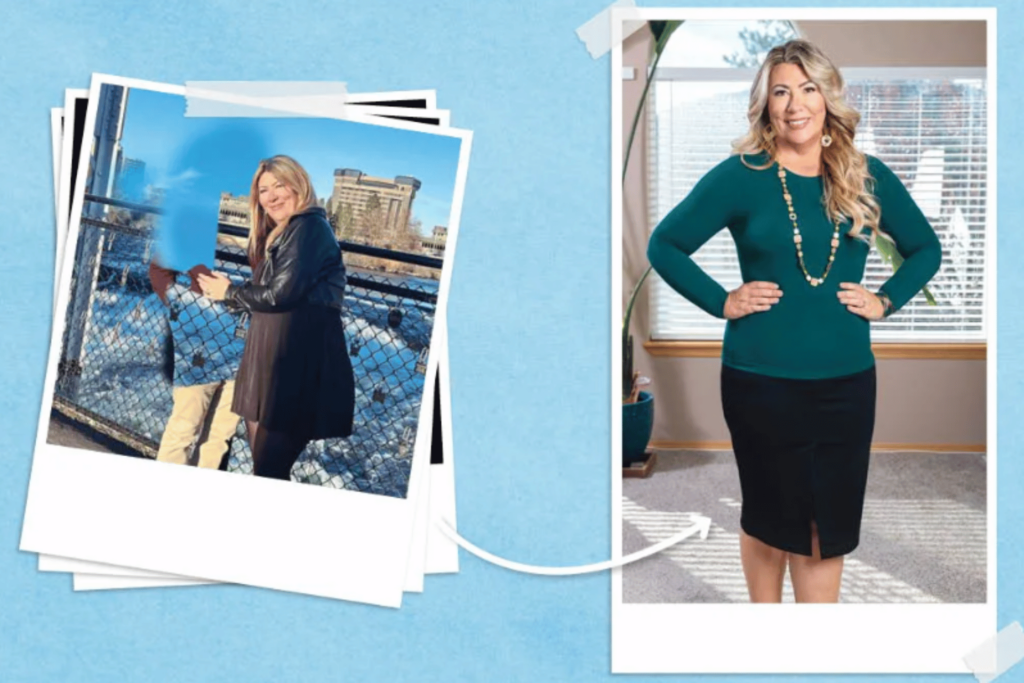

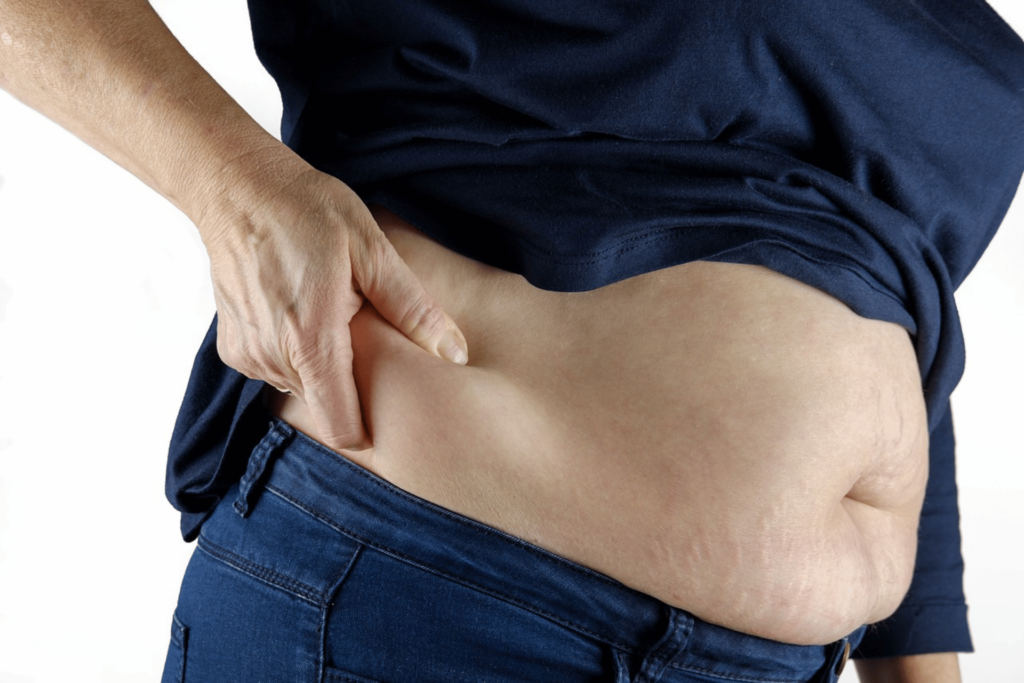



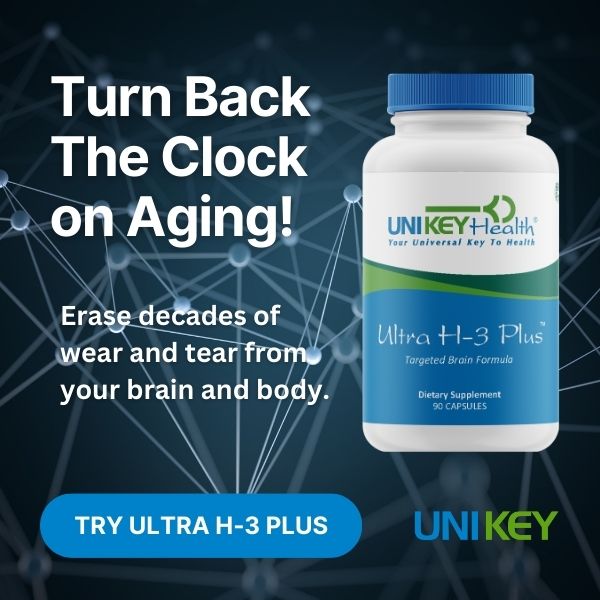

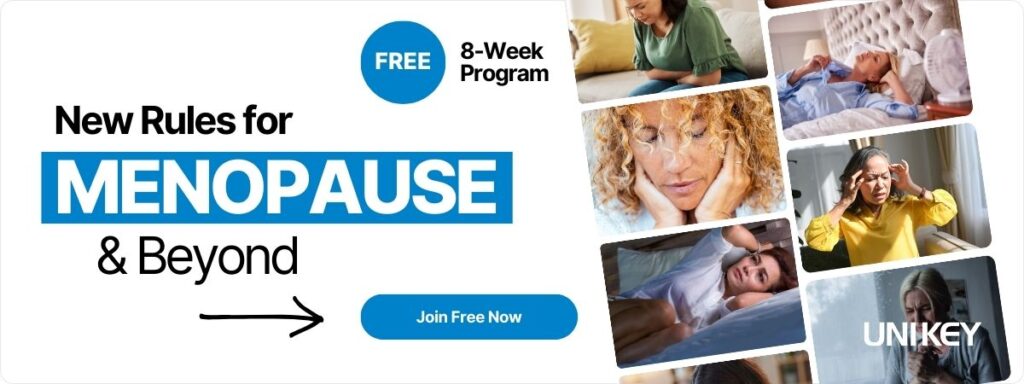
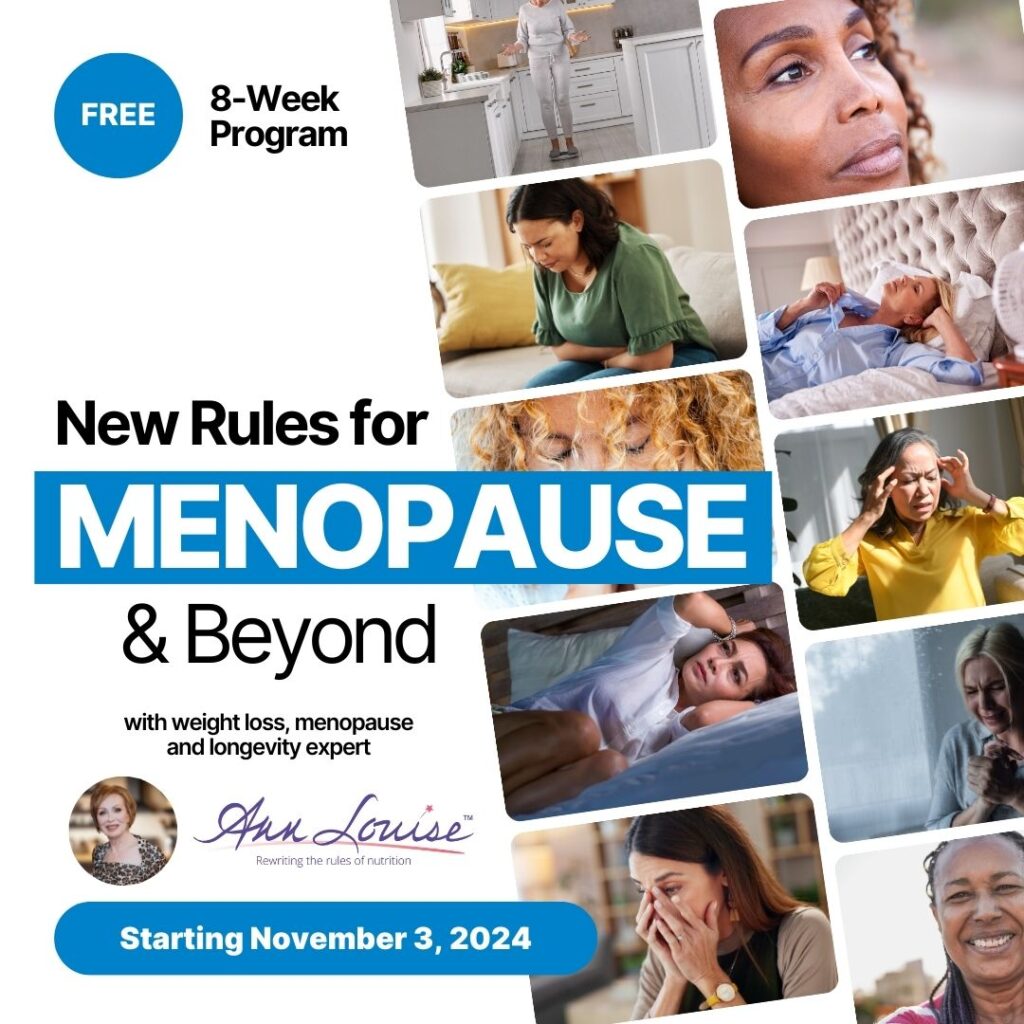
24 Responses
Hard anodized is necessary to avoid too?
Yes it is better to avoid all aluminum.
Can cooking with a liquid propane gas stove be toxic?
Can PAMPEREDCHEF HERITAGE CLAY bakeware which is not glazed and also made in the USA really leach toxins into our food?
How much iron leaches into one given meal from cooking with a cast iron?
Stainless steel cookware also leach nickel into acidic foods.
What are the components in the enamel that lines cast iron Dutch Oven and how can we know they are safe?
Thank you so much for the info.
Nathalie
With proper ventilation using propane is ok. Pampered Chef unglazed cookware is not going to leach toxins. Yes nickel will leach from stainless steel cookware. Titanium cookware probably poses the least health risks because it is the least reactive. It is pricey though. Heavy stainless-steel waterless cookware, in-spite of the leaching factor is a better choice than any aluminum. Your best bet for enamel lined iron is a quality brand like Le Creuset, Chasseur or Staub cookware.
Cast iron properly seasoned has almost no iron leaching. Clay is often alumina silicates or mica’s. Stainless can leach heavy metal.
Tested my ferriten level which was very high. Cooked daily with cast iron cookware. Stopped using it and retested 6 months later. My ferriten levels had dropped over 60 points. My cookware was properly seasoned. This is all that I did, nothing else.
Do you recommend any brands for cookware?
Le Creuset and the unglazed clay roasters are preferable.
Please clarify:
“If you choose to use clay cookware or bakeware, make sure it’s glazed with a nontoxic glaze to keep any impurities from the clay from leaching into your food.” This is what Ann Louise says in the article.
Your comment above clearly states “unglazed clay roasters are preferable”.
Could you please clarify for all of us which is truly better?
I just found a company that has unglazed clay products and it seems they may be a good option. Have you heard of https://miriamsearthencookware.com? Would appreciate the input.
Miriam’s un-glazed clay cookware talks about it’s purity which would make it preferable. Otherwise it is better to have a glass glazed clay like the Romertopf.
Romertopf clay cookware uses a glass glaze.
What about ceramic coated cookware? Are they good options?
I was wondering this too. Would really appreciate an answer.
Le Creuset is a good brand of ceramic coated cookware.
Thanks for the response! I think the distinction here is between fully ceramic cookware (if such things exist, I honestly wouldn’t know) versus cookware of some other material, say aluminum, with a ceramic coating. In looking through Le Creuset’s selection, it appears that their ceramics are aluminum with a ceramic coating, so I’m assuming that is adequate.
Hi – even high quality enamel coated iron cookware can chip and discolor. I’ve wondered if this is safe? Is enamel really safe? Isn’t basically a baked on coating of sorts? Chemicals?
What brand of cookware is recommended?
Le Creuset and Romertopf brands are recommended.
Can you recommend any LIGHTWEIGHT brands? Le Creuset is much too heavy for my arthritic hands.
High grade stainless steel is going to be lighter.
What about cookie sheet pans? I roast many veggies and usually place aluminum foil on the pan, mainly for quick clean up. many of my cookie sheets are old and if I purchase new one, what kind should I buy that is safe? Many are coated with something. Not sure if it is healthy or not.
Line the cookie sheet with unbleached parchment paper instead of foil. Cleanup is easy.
What about the Greenpans?
We are on the fence about the Greenpans.